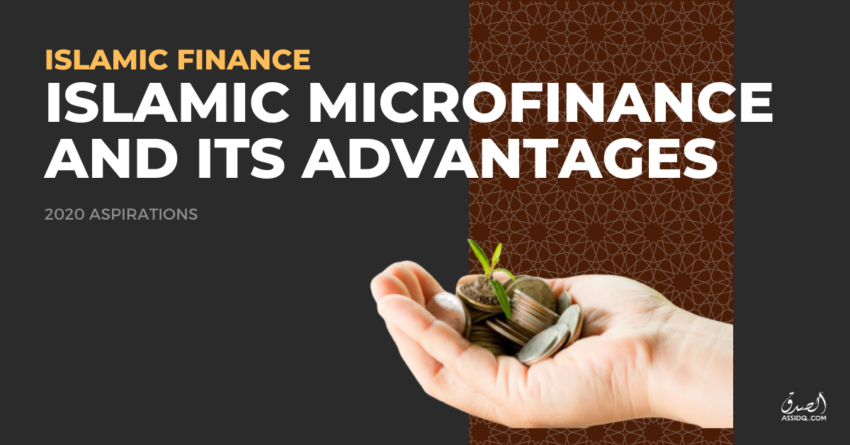The aspiration of 2020 is to see the country achieve a self-sufficient industrialised status, covering all aspects of life from economic prosperity, social well-being, educational world-class, political stability, to psychological balance. Unfortunately, 2020 has a story on its own, we are now a few months away from 2021 and sadly we are far from our aspirations. 2020 is indeed a unique year, a lot has happened in this 4 to 6 months, numbers of cancelled events and plans due to Corona Virus. As the number of COVID-19 positive cases declines to 2 digits cases per day, Malaysia is now in the Recovery MCO phase (RMCO) from June 10th to August 31st 2020.
While it’s unlikely that we can fulfil that vision perfectly now, we should not halt our efforts in developing the country forward. There are many things to give attention to, and one of them is financial inclusion and developing the low-income segment of society. In many developing countries, an effective tool to make this happen is microfinance.
What is microfinance?
Microfinance is a way to provide small business owners and entrepreneurs access to capital. Also known as microcredit, it is the extension of very small loans (microloans) to impoverished borrowers. They are typically people who lack collateral, steady employment, and verifiable credit history. It is designed to help the low-income segment of society to borrow. Thereafter, they can kick-start small businesses (microenterprises).
How is the Islamic version different?
Islamic microfinance, on the other hand, brings together the best of two rapidly growing industries – microfinance and Islamic finance. It adheres to the laws and principles of Sharia such as avoiding elements of riba, gharar, maysir, and zulm. Both of them mobilise external funds and savings as their source of fund. However, Islamic charity such as zakat and waqf are specific source for funding Islamic microfinance.
Therefore, it not only has the potential to respond to unmet demand, but to also combine the Islamic social principle of caring for the less fortunate.
Sharia-compliant instruments of microfinance include:
- Micro-savings
- Micro-credit
- Micro-lease
- Micro-takaful
Advantages of Islamic microfinance
Microfinance involves providing credit without collateral to poor people. However, the conventional method has a few weaknesses, caused by elements such as:
- High-interest rates
- Credit diversion
- Credit rationing
- High penalties
Islamic microfinance avoids these elements. Therefore, they are better suited to cater to the needs of the underprivileged. Furthermore, it can be integrated with Zakat and Waqaf. These are two Islamic tools of poverty alleviation. This allows Islamic microfinance to better reach the ultra-poor of society. This model will be financially viable and sustainable in the long run and will ensure proper use of Zakat funds which do not require any return.
However, the advantages of Islamic microfinance do not end there. They are also capable of providing the following:
- Financial stability
One of the largest roles that microfinance has in local economies is helping to provide low-income and poor families with the means to becoming financially stable. Since Islamic microfinance is better suited to reach the ultra-poor compared to the conventional model, this impact is amplified even further.
Small microfinance loans provide the poor with the opportunity for long-term financial stability. With these loans, they have the opportunity to generate enough income to pay for necessities such as food, shelter, and basic medical needs.
Consequently, the number of people on public assistance programmes can be reduced. In the long run, this benefits local and national economies.
- Job creation
Microfinance loans aim to help kick-start small businesses. Therefore, the volume of job creation is not as large as the ones created by large multi-national corporations. However, it does not mean that it loses its importance. When people in small communities have jobs and are earning more income, it is more likely that they will spend their earnings within that community. This helps stimulate local economic growth.
- Global Poverty
Giving low income and poor families the opportunity for long-term financial stability through these small loans helps break the cycle of poverty in the current generation. This works toward ending global poverty for future generations.
In the long run, the income gap between the wealthiest and poorest people in the world will begin to decrease.


